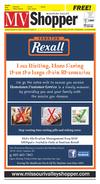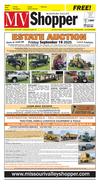061819_YKMV_A8.pdf





June 18, 2019 • Page 8
shop online at www.missourivalleyshopper.com
Late Planted Corn And Cattle Feeding
BROOKINGS, S.D. – With the challenges of getting
crops planted this year, many farmers are likely
weighing their options and re-considering their
planting intentions. For producers who can market
feedstuffs through livestock (particularly cattle),
it may be premature to completely abandon corn
simply due to calendar dates, explained Warren
Rusche, SDSU Extension Beef Feedlot Management
Associate.
“The key difference in marketing corn through
cattle, compared to cash grain marketing, is that
it isn’t absolutely necessary to dry down the crop,
provided producers have a way to handle high
moisture feeds,” Rusche said.
Because crop dry down isn’t a concern, Rusche
said producers don’t need to worry about risk of an
early frost or an extended dry down period. They
can also eliminate the shrink and cost associated
with drying corn.
From a calendar standpoint, the options from
earliest to latest are corn silage, high-moisture ear
corn (also called earlage or snaplage), and high
moisture shelled corn.
You have options
Researchers at the University of Minnesota studied the differences in gross return per acre for the
three options listed above, alongside dry corn when
marketed and fed through yearling steers.
The Minnesota group found that taking all factors
into consideration, there were no differences between the harvest methods in gross return per acre
or in equivalent value of the corn crop in dollars
per bushel.
“This research suggests producers are not
necessarily locked into one harvest method if they
have the option to market grain through livestock,”
Rusche said.
CORN SILAGE:
For most producers, corn silage may be the most
versatile and most familiar option.
Corn silage can be a primary roughage sources
for both beef cow and backgrounding diets. Corn
silage can also be utilized as a roughage source in
cattle finishing diets with a range of inclusion rates,
depending upon desired rates of gain and/or the
relative abundance and costs of other feedstuffs.
One of the key advantages of corn silage, is the
availability of equipment and know-how to harvest
and store the crop effectively.
HIGH MOISTURE EAR CORN:
High moisture ear corn has become more popular in recent years, especially with cattle feeders.
The cob and husk portion of the ear serves as a
roughage source, which may eliminate the need for
additional hay or silage.
Earlage should be harvested at about 35 to 40
percent moisture. Letting the crop get too dry is
usually the greatest challenge with earlage.
The most common harvest method is a snapper
head attached to a silage chopper.
HIGH MOISTURE SHELLED CORN:
High moisture corn is typically harvested with a
moisture content of approximately 24 to 34 percent.
Like high moisture ear corn, harvesting too dry
leads to greater spoilage and reduced feed value.
The advantage to high-moisture corn is it can be
harvested with the same equipment used to harvest
dry corn. Adding some method of grain processing
such as grinding or rolling, to the last step before
storage, improves fermentation, especially if stored
in a bunker or pile because it increases pack density and removal of oxygen.
Other considerations
What about low-test weight corn? It is often assumed that the book feed value of light test weight
corn is lower than normal corn. However, South
FABRIC
SPECIALS!
for great specials at your
local restaurants!
In Print and Online!
IN PRINT & ONLINE
Hand Woven Rugs
Buy 1 rug and get a 2nd rug at
50% off of equal or lesser value
To place your ad call...
Excludes special order and sale rugs
44”/45” 100% Quilter’s Cotton
Extra Wide 100% Cotton Flat Folds
TREE TRIMMING, REMOVALS & TRANSPLANTING
Reg. $7.49 - SALE - $5.49 per yard
TREES FOR SALE
EVERGREEN • SHADE • ORNAMENTAL
Check out the VIRTUAL TOUR on
www.inweavefabric.com
Yankton 605-260-1490
Hartington 402-254-6710
823 Central Ave. • Hawarden
1-800-646-9328 • 712-551-1523
Serving Southeast SD & Northeast NE for 20 Years
www.inweaverugs.com • www.inweavefabric.com
Mon.-Fri.: 9:30-5 • Sat.: 9:30-3
$
19,995
‘14 FORD F-150 EXT-CAB LARIAT 4X4
Moody Price
STK E97008
$
25,995
‘12 FORD EXPEDITION
Moody Price
STK F29592
$
17,995
‘16 FORD EXPEDITION PLATINUM
$
41,995
‘2017 FORD ESCAPE 4WD
Leather
Moody Price
STK C07406
$
22,995
‘16 FORD F-150 CREW CAB XLT SPORT
Moody Price
STK D26955
$
33,995
‘17 DODGE GRAND CARAVAN GT
Leather
Moody Price
STK 580497
$
21,995
‘13 FORD F-150 CREW CAB XLT 4X4
$
24,709
21,995
Diesel
Moody Price
STK A82254
$
41,000
‘18 FORD EXPEDITION EL 4X4
‘18 FORD EXPLORER XLT 4X4
$
47,995
‘00 FORD F-250 CREW CAB 4X4 V10 XLT
Moody Price
STK D48708
$
12,995
‘16 FORD F-150 CREW CAB LARIAT 4X4
Leather, Loaded
Moody Price
STK B69311
$
32,788
‘18 FORD FLEX 4X4 SEL
Moody Price
STK B01852
$
23,995
‘17 MITSUBISHI LANCER ES
Moody Price
STK 006314
$
12,870
‘17 FORD TRANSIT E350 WAGON
Moody Price
STK B76544
$
26,995
30,758
$
21,995
‘17 FORD F150 CREW CAB 4X4 KING RANCH
Moody Price
STK A66544
$
41,995
‘10 FROD F150 CREW CAB 4X4
12 Passenger
Moody Price
STK A90877
$
‘17 FORD EDGE SEL
Leather, Loaded
Moody Price
STK A13914
Leather, Loaded
Moody Price
STK A07149
49K Miles
Moody Price
STK G09936
$
‘16 FORD F-250 CREW CAB 4X4 PLATINUM
4X4
Moody Price
STK E15199
Loaded
Moody Price
STK F11397
Kent & Kyle Hochstein • Licensed Arborists
www.hartingtontree.com
‘15 FORD EDGE SEL AWD
Loaded
Moody Price
STK 191484
605.665.5884
Hartington Tree LLC
Reg. $7.99 - SALE - $5.99 per yard
‘18 FORD ECOSPORT 4X4 TITANIUM
MV Shopper
CLASSIFIEDS
M I S S O U R I VA L L E Y
Check out the
June 1
thru June 29
Dakota State University research indicates light
test weight corn actually had net energy values 15
percent greater than normal weight corn. It is more
similar to values expected for steam-flaked or highmoisture corn.
“If lighter test weights are observed in this fall’s
corn crop, cattle feeders need to not mistakenly
reduce roughage content in the belief that light-test
weight corn is lower energy and poses less acidosis
risk,” Rusche said.
How does the harvest windows change highermoisture crops?
A key difference between harvesting dry corn
compared to corn silage, high-moisture ear corn
and high moisture shelled corn, is that while harvest can begin sooner, if the crop dries down below
the recommended window, storage losses rapidly
increase.
“Producers need to be prepared to go as soon
as the window for that particular feedstuff opens,”
Rusche said.
It may not be logistically possible for one farm
to use all three methods in any one year. Planting
a range of corn maturities (plus/minus five-days
from average) should extend harvest windows by
reducing the risk of every field reaching the same
moisture content at the same time.
What about marketing and insurance?
Another challenge with these harvest methods is
that once committed, there is only one market alternative available; marketing the grain through cattle
fed or selling to someone else with livestock.
Establishing a price for these feedstuffs is not as
straightforward as checking an elevator or ethanol
plant bid for dry corn. Finally, crop insurance, planting dates, and proving yields have to be considered
as part of a whole farm risk management strategy.
Moody Price
STK A27183
$
16,995
Open 7 Days
A Week
MATT MOODY
ALAN KEMP
HOLT ROBINETTE
Finance Manager
HOURS
Monday thru Friday
8:00 a.m. - 5:30 p.m.
Saturday:
8:00 a.m. - 4:00 p.m
Sunday:
Noon - 4:00 p.m.
www.moodymotor.com • 1-800-745-5650
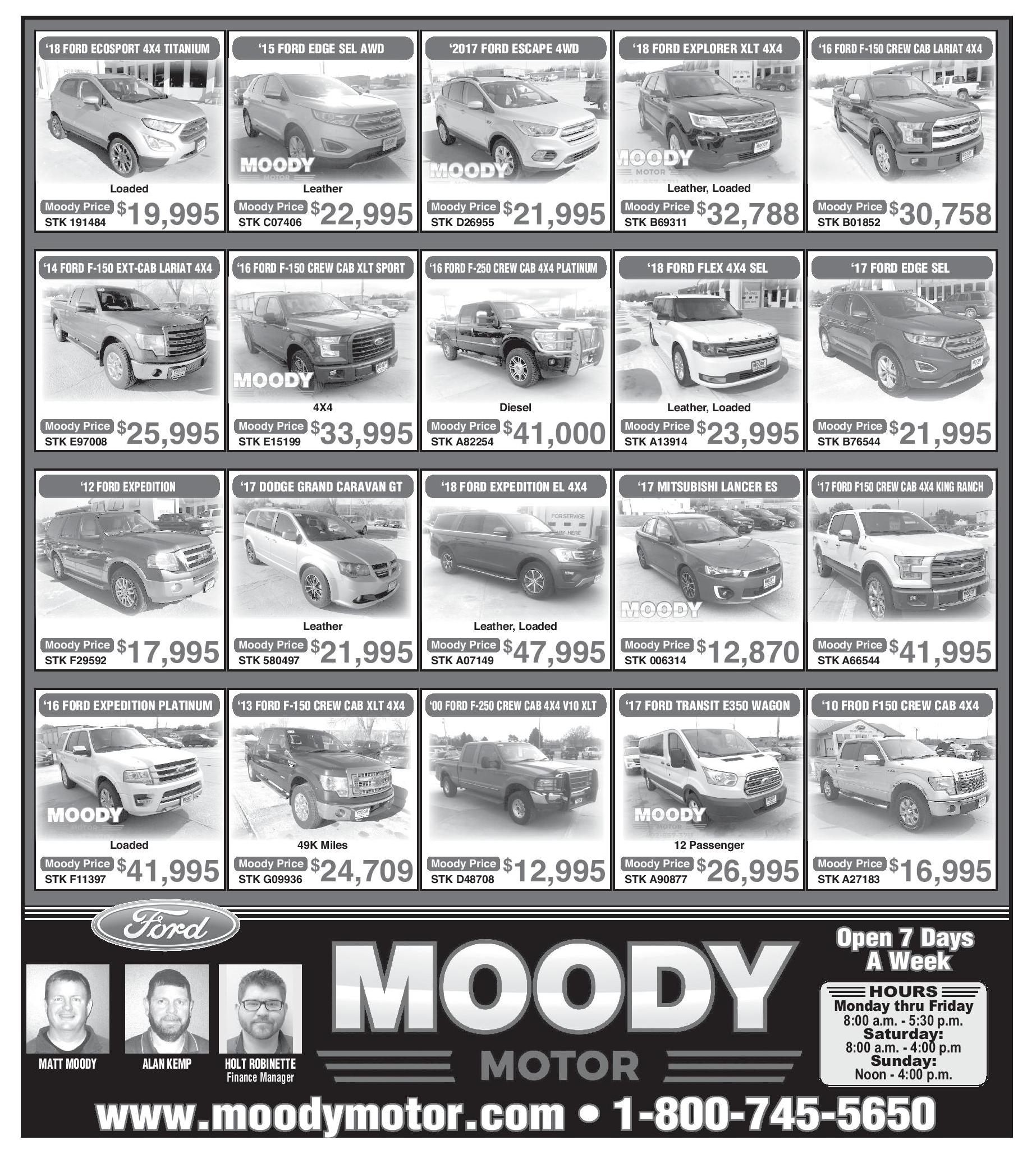
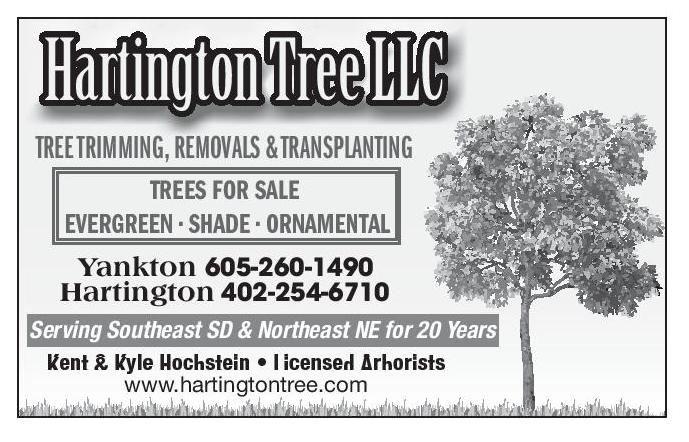
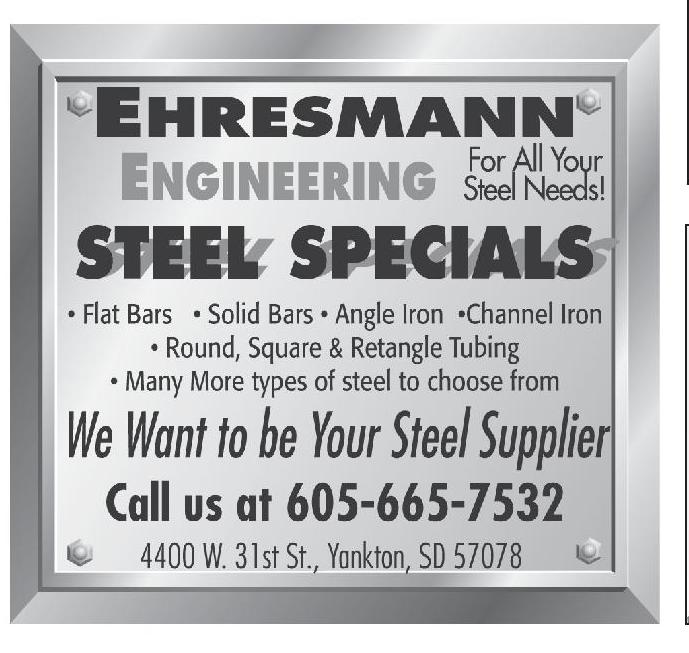

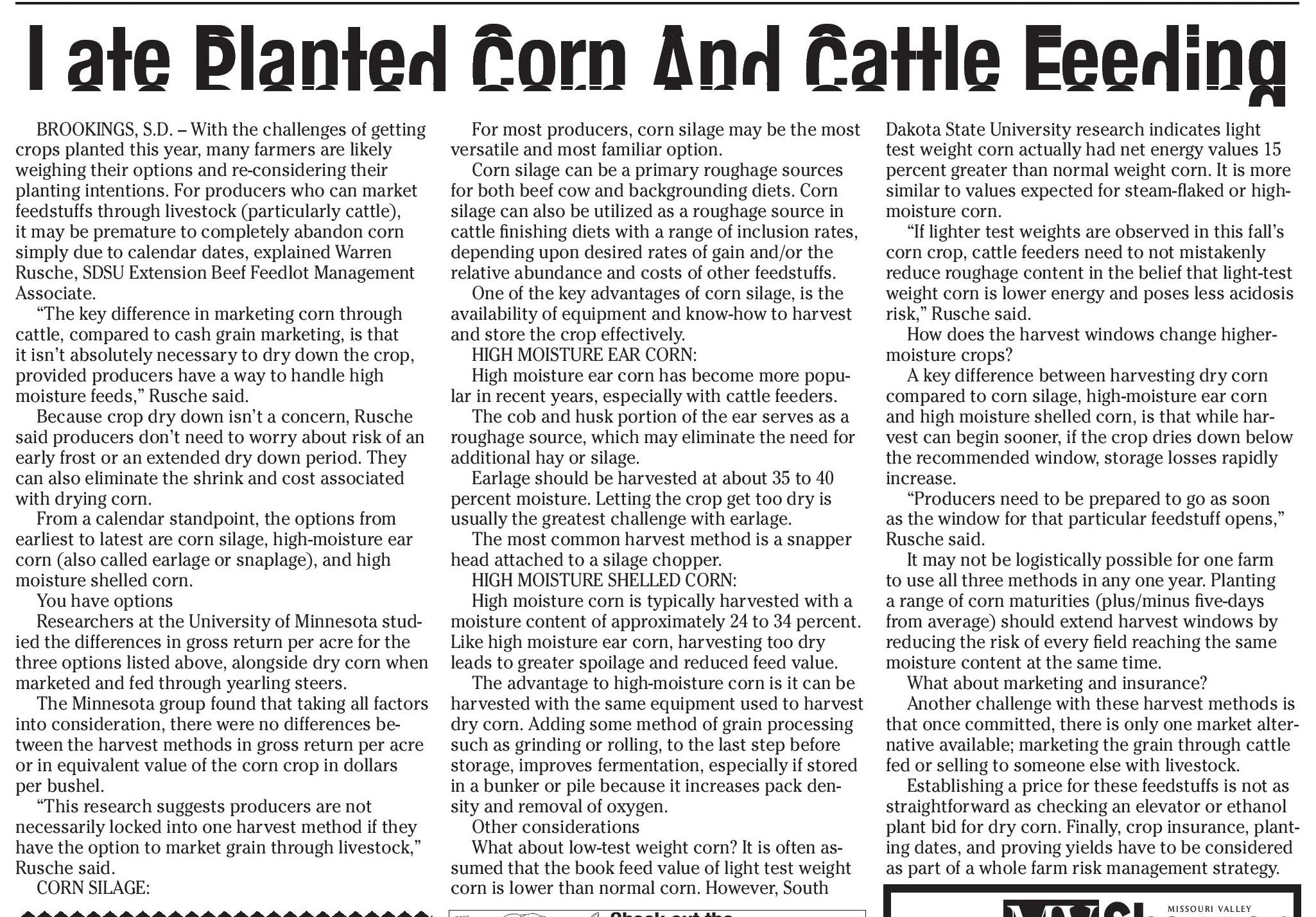


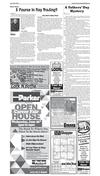
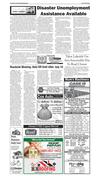
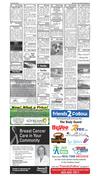
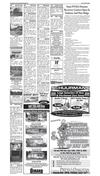
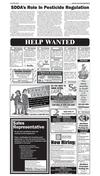
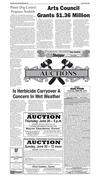
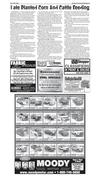
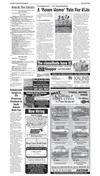
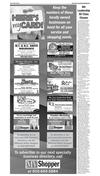
 Previous Page
Previous Page



